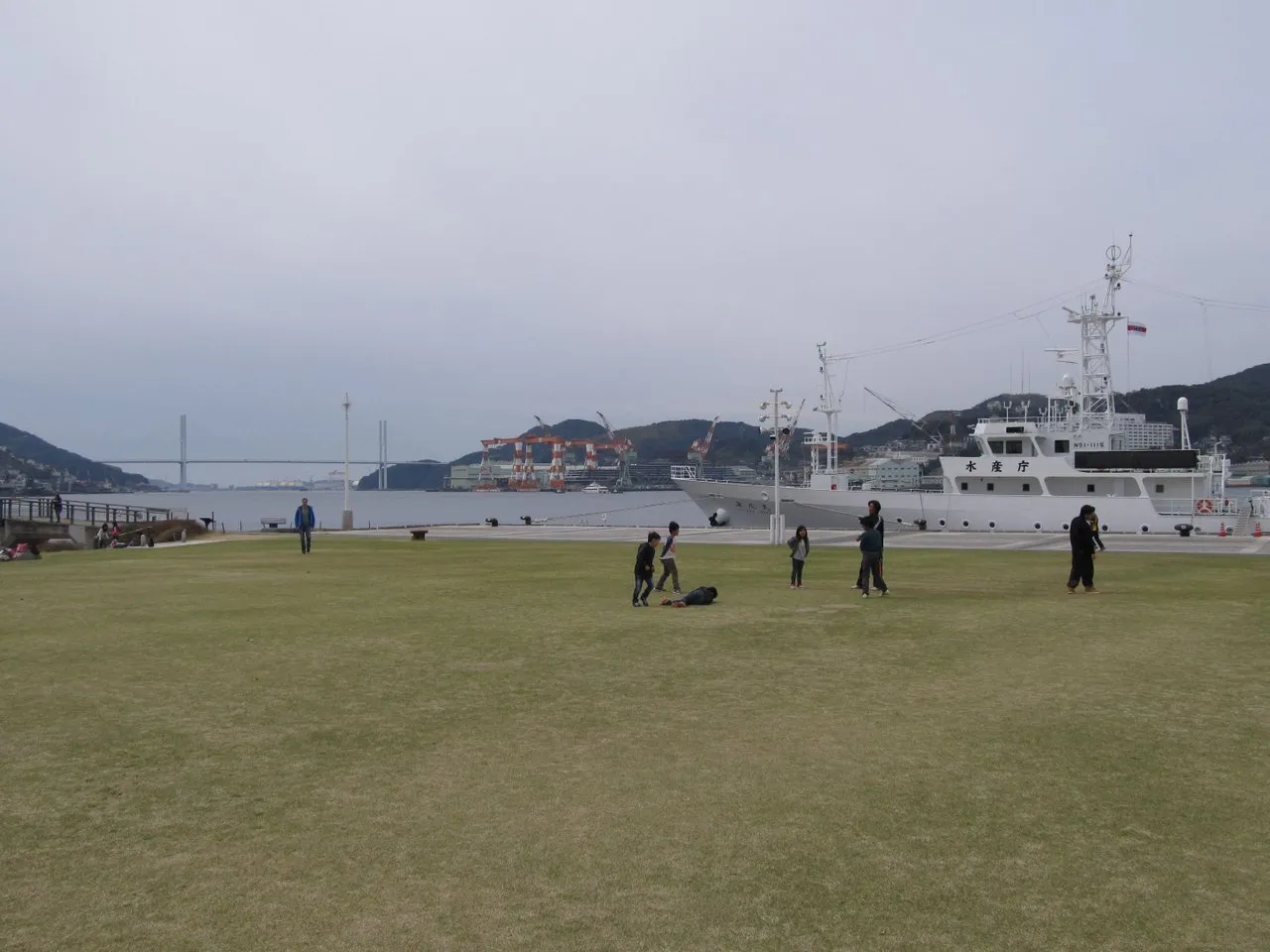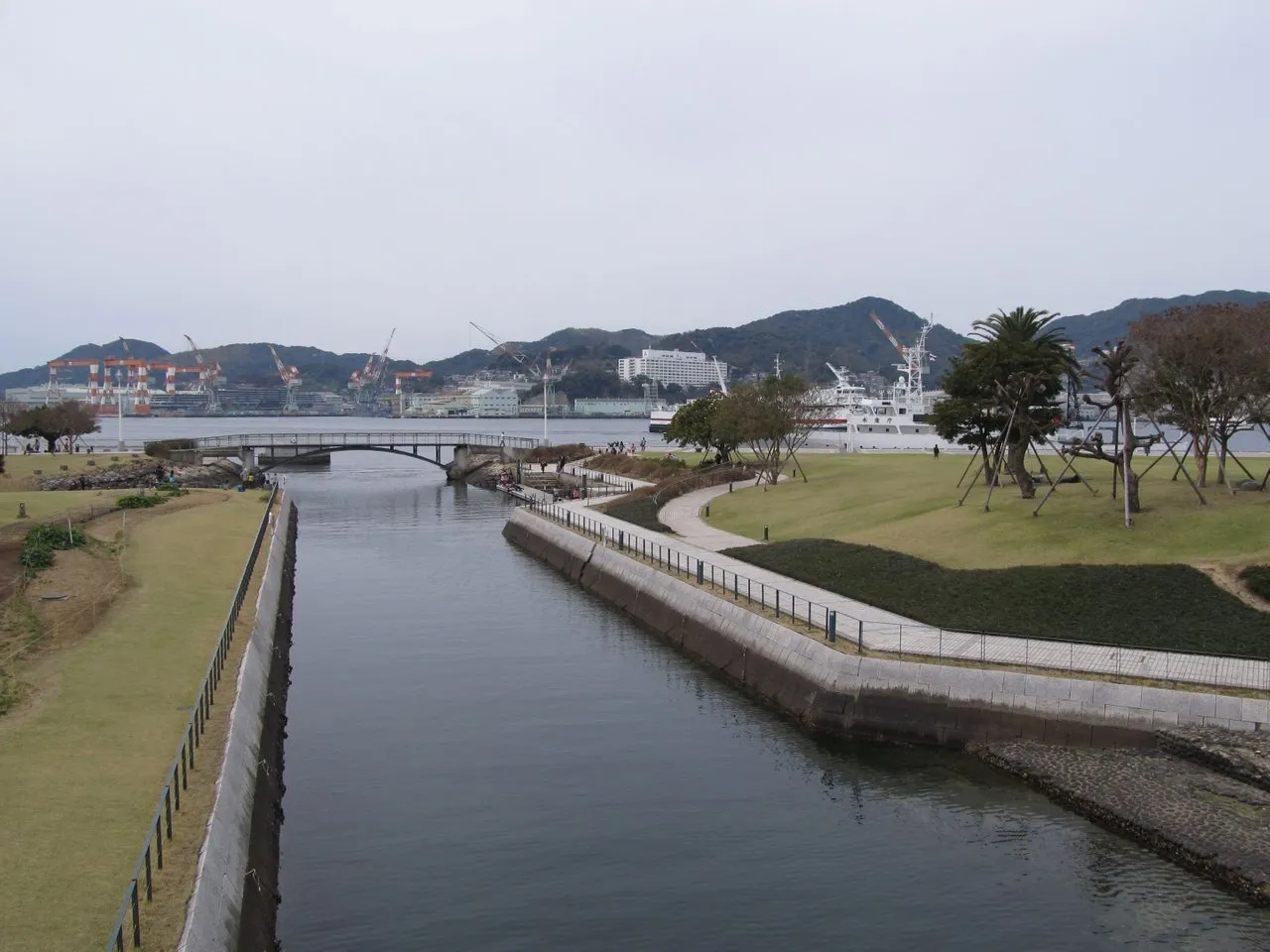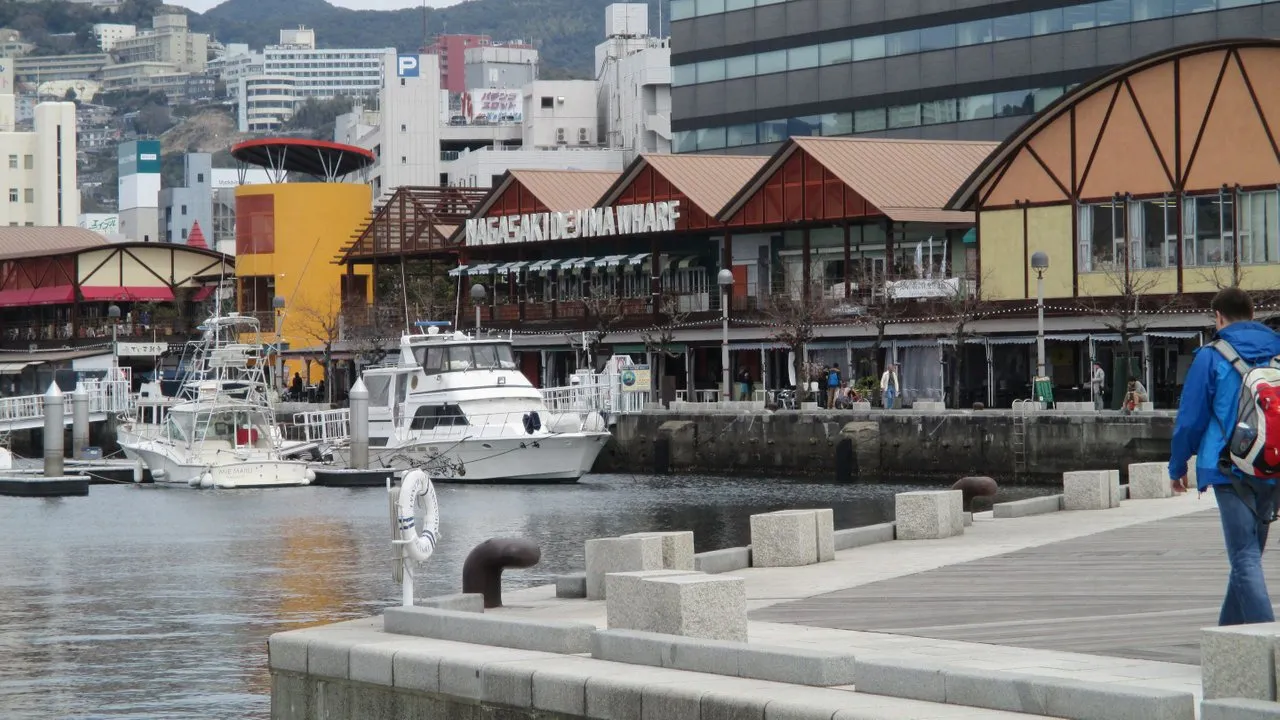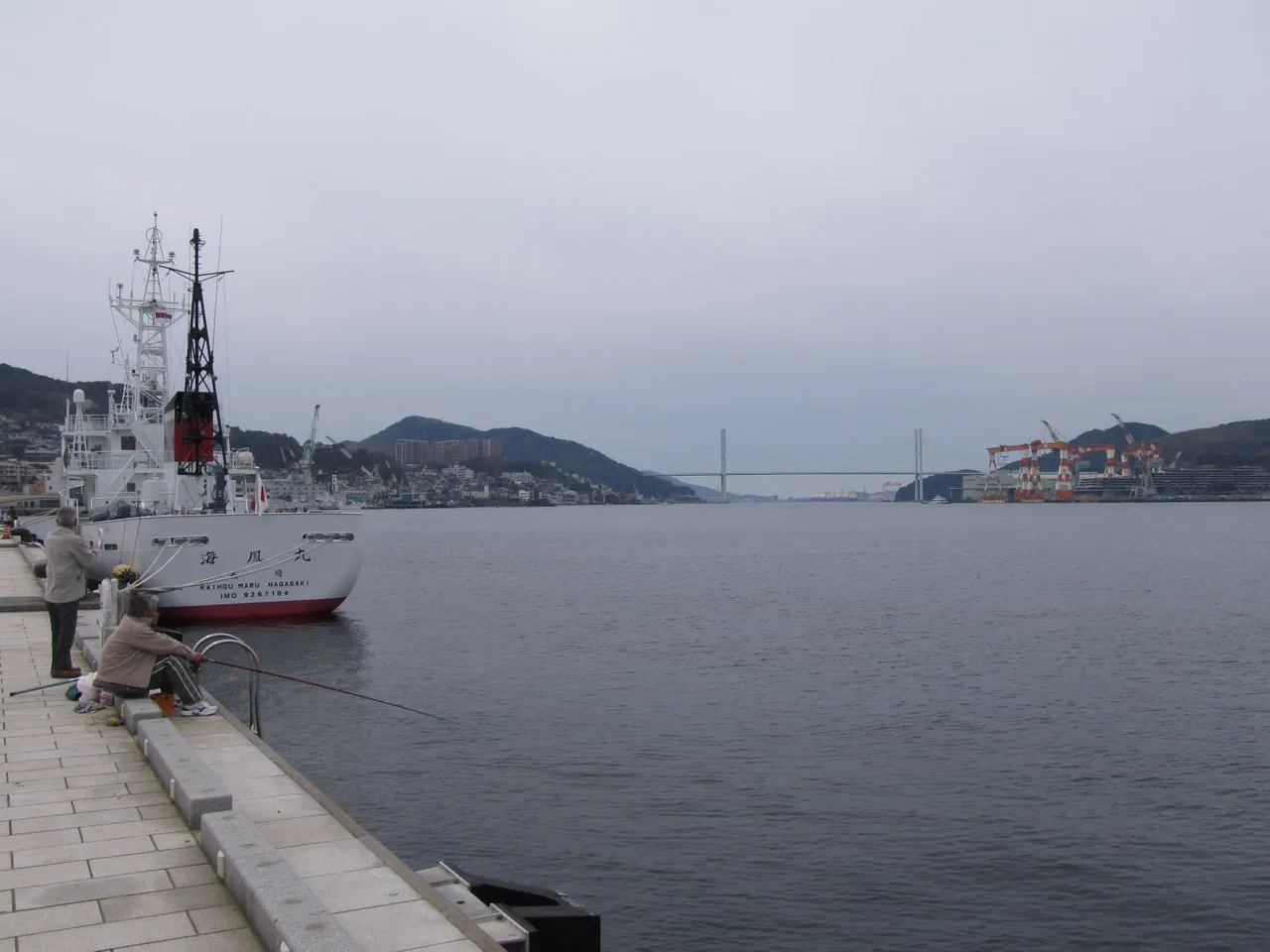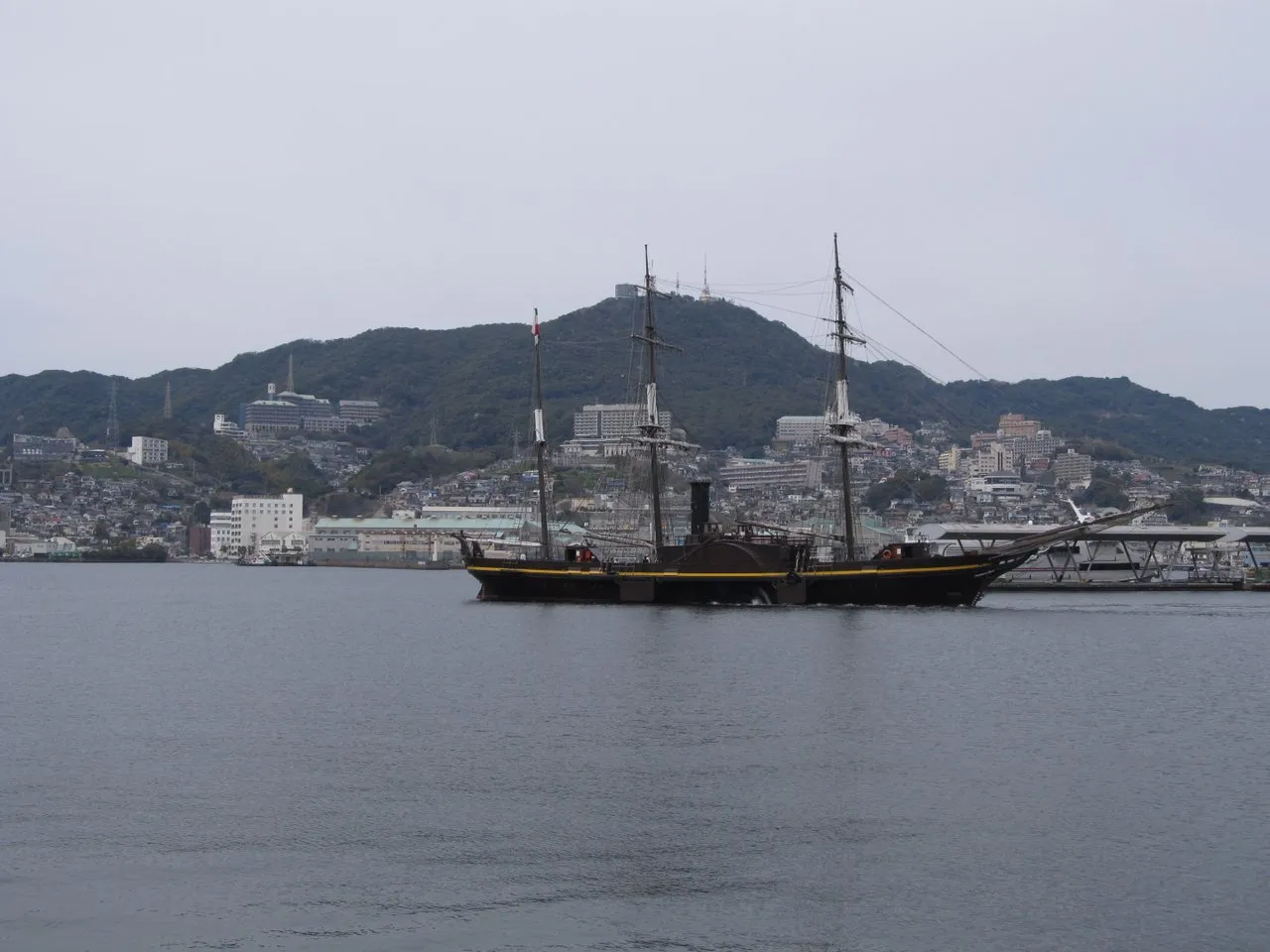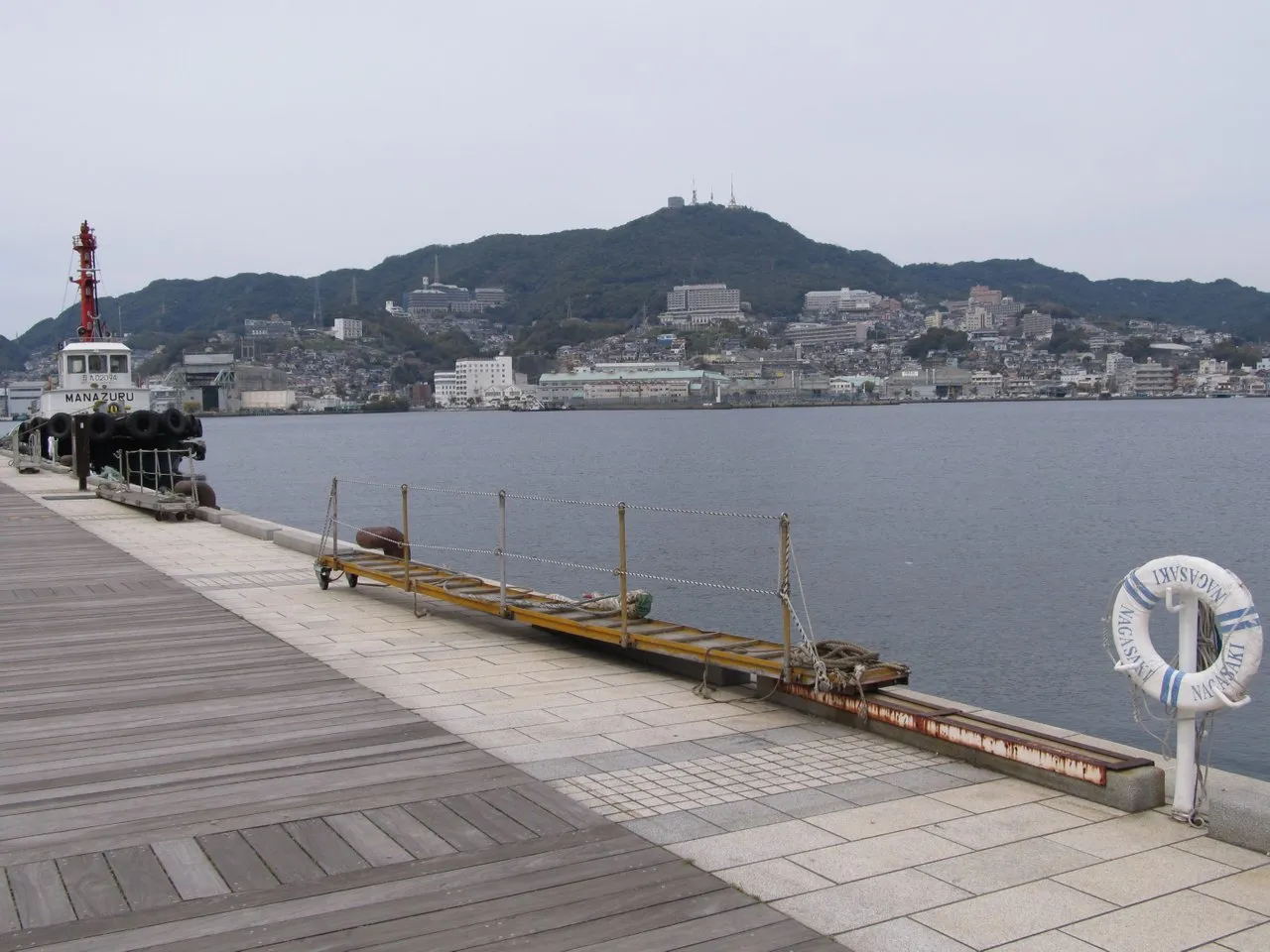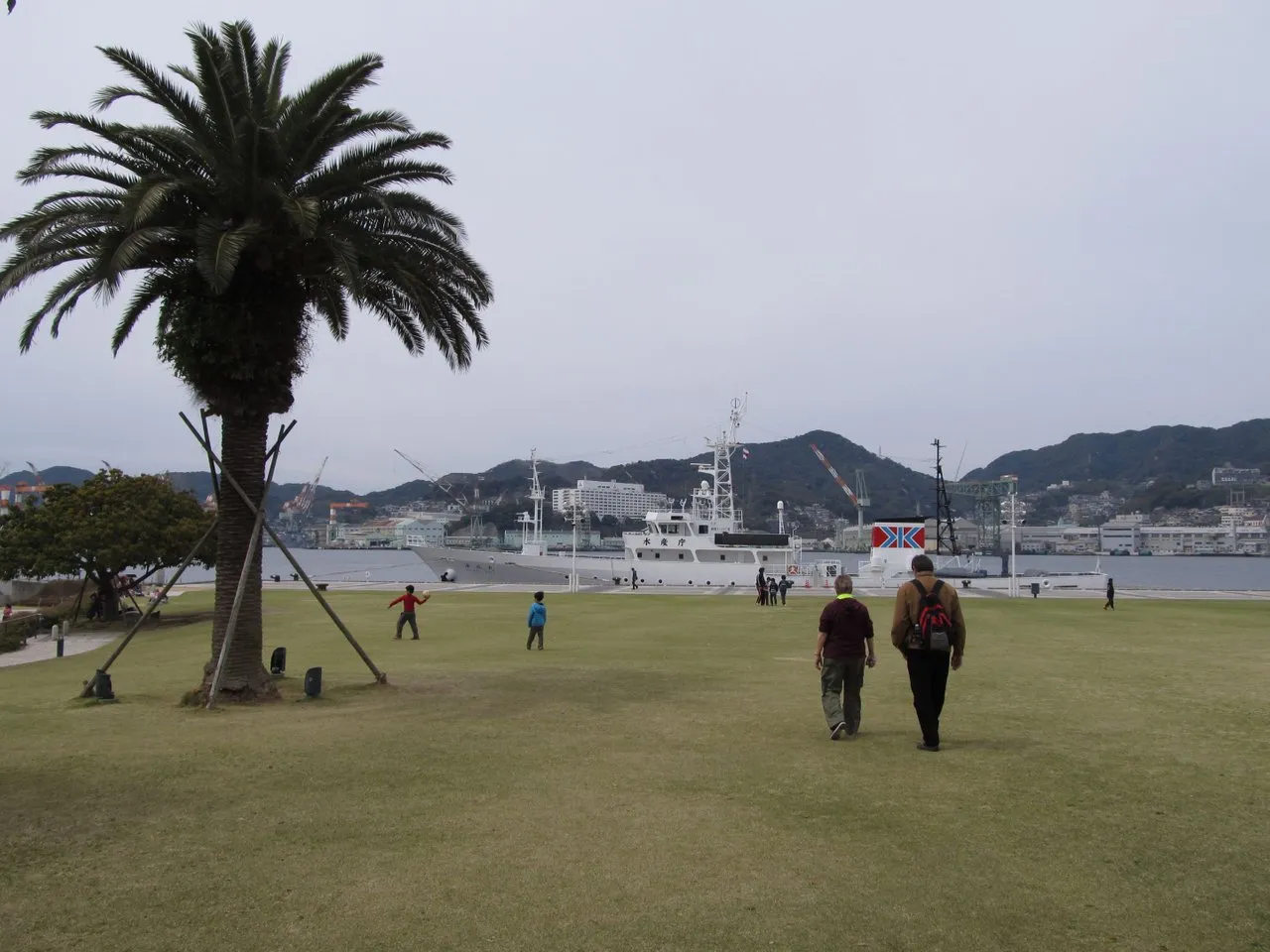Today we are back in Nagasaki, the Japanese port city on the southern island of Kyushu. The history of the city is quite turbulent. In the 15th century, Nagasaki was only an insignificant fishing village, but the arrival of the Europeans, especially the Portuguese, quickly changed the city's importance.
Nagasaki became a port of call for the Portuguese long-distance trade, which brought goods from all over the world as well as a number of Jesuit missionaries, who converted parts of the population and also some regional feudal lords to Christianity. As the regional rulers in particular, the daimyo, gained wealth and power through oversea trade, the Japanese military rulers set about banning Christianity and persecuting Japanese and foreign Christians. This resulted in various brutal conflicts and massacres, and meant that during the Edo period, Christianity could only be practiced in secret.
The Portuguese were eventually forced to leave the country and from the 16th century onwards, only the Dutch were allowed to operate a small factory in Dejima, a little artificial island in the bay of Nagasaki. Although the Dutch were generally not allowed to leave Dejima, Nagasaki subsequently developed into a hub for the transfer of Western science and technology to Japan. Many Japanese thirsting for knowledge came to Nagasaki to obtain information and insight into life outside Japan, which at that time had isolated itself from the rest of the world.
After the forced international opening of Japan in the mid-19th century and the fall of the Edo Shogunate, Nagasaki became one of the seven treaty ports that were forcibly opened to foreign trade. During the Meiji period, the city and administration were modernized under Prussian influence and Nagasaki quickly gained economic dominance, especially in shipbuilding, with local industry developing into a shipyard center for the imperial navy.
This may also have been one of the reasons why Nagasaki was the victim of the second atomic bombing at the end of the Second World War. The bomb was actually intended to hit the shipyards or a weapons factory, but missed its target by more than two kilometers. Tens of thousands of people died in the second atomic bombing after Hiroshima a few days earlier and this event remains etched in the memory of the city and the world to this day.
After the war, the city was rebuilt, creating a completely new cityscape. However, for me the city has retained some kind of southern European charm to this day, although you can also find many Asian influences, especially Chinese. Christianity also gained popularity again, and Nagasaki today still has the highest proportion of Christians of any major Japanese city...
